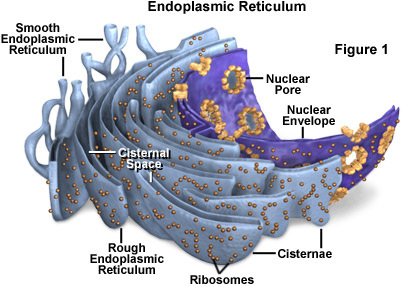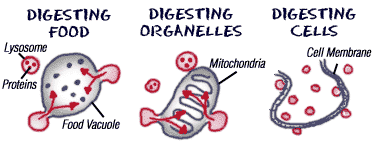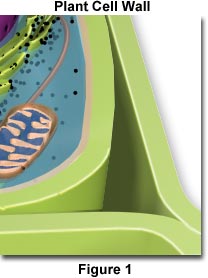Section 3.1
Famous people in history!
1. Hooke: was the first to identify cells and name them.
2. Leeunwenhoek: observed live cells
3. Schleiden: concluded that plants are made of cells
4. Schwann: concluded that animals are made of cells
5. Virchow: proposed that all cells come from other cells.
Wacky History
The technological advance:
The microscope
Cell Theory States:
2 Types of Cells:
A: Prokaryotic Cell B: Eukaryotic Cell
All cells have a membrane, DNA, ribosomes & cytoplasm
Prokaryotic Cells (Bacteria)
Eukaryotic Cells (Plant, Animal, Fungi, Protist)
What do Prokaryotes and Eukaryotes have in common?....
Microbes in You
Section 3.2
Cells Rap
Cell Song
All organs of the cell have their role....
cytoskeleton: gives shape, gives strength, and aid movement
nucleus (command center): stores and protects the DNA
ER (factory): production of proteins and lipids
ribosomes (worker): links amino acids to form proteins
Golgi apparatus (post office): processes, sorts, and delivers proteins
vesicles (containers): sacs that carry material
mitochondria (powerhouse): supply energy to the cell
vacuole (storage containers): sac used for storage of materials
lysosomes (garbage collector): sacs containing enzymes that break down wornout cell parts
centrioles: role in cell division not entirely clear
cell wall: provides protection, support, and shapes plant cells
chloroplasts: convert solar energy into energy for cell
cell membrane (animals): protective barrier that determines what goes in and out of cell.
cytoplasm: jelly-like substance in cells where organelles are found.
BrainPop Cell Structure
or......
Famous people in history!
1. Hooke: was the first to identify cells and name them.
2. Leeunwenhoek: observed live cells
3. Schleiden: concluded that plants are made of cells
4. Schwann: concluded that animals are made of cells
5. Virchow: proposed that all cells come from other cells.
Wacky History
The technological advance:
The microscope
Cell Theory States:
- All living organisms are composed of cells.
- The cell is the basic unit of life.
- Cells arise from pre-existing cells.
A: Prokaryotic Cell B: Eukaryotic Cell
All cells have a membrane, DNA, ribosomes & cytoplasm
Prokaryotic Cells (Bacteria)
- No nucleus only free DNA
- No membrane-bound organelle (except ribosomes)
- Unicellular organisms
Eukaryotic Cells (Plant, Animal, Fungi, Protist)
- Nucleus present
- Specialized structures that work together called organelles.
- Most are multi-cellular organisms
What do Prokaryotes and Eukaryotes have in common?....
- both are cells
- both contain a DNA
- both have a protective barrier
- both have ribosomes
- both have cytoplasm, a jelly-like substance inside their membrane.
- Some have flagella
Section 3.2
Cell Song
All organs of the cell have their role....
cytoskeleton: gives shape, gives strength, and aid movement
nucleus (command center): stores and protects the DNA
ER (factory): production of proteins and lipids
ribosomes (worker): links amino acids to form proteins
Golgi apparatus (post office): processes, sorts, and delivers proteins
vesicles (containers): sacs that carry material
mitochondria (powerhouse): supply energy to the cell
vacuole (storage containers): sac used for storage of materials
lysosomes (garbage collector): sacs containing enzymes that break down wornout cell parts
centrioles: role in cell division not entirely clear
cell wall: provides protection, support, and shapes plant cells
chloroplasts: convert solar energy into energy for cell
cell membrane (animals): protective barrier that determines what goes in and out of cell.
cytoplasm: jelly-like substance in cells where organelles are found.
BrainPop Cell Structure
or......


























No comments:
Post a Comment